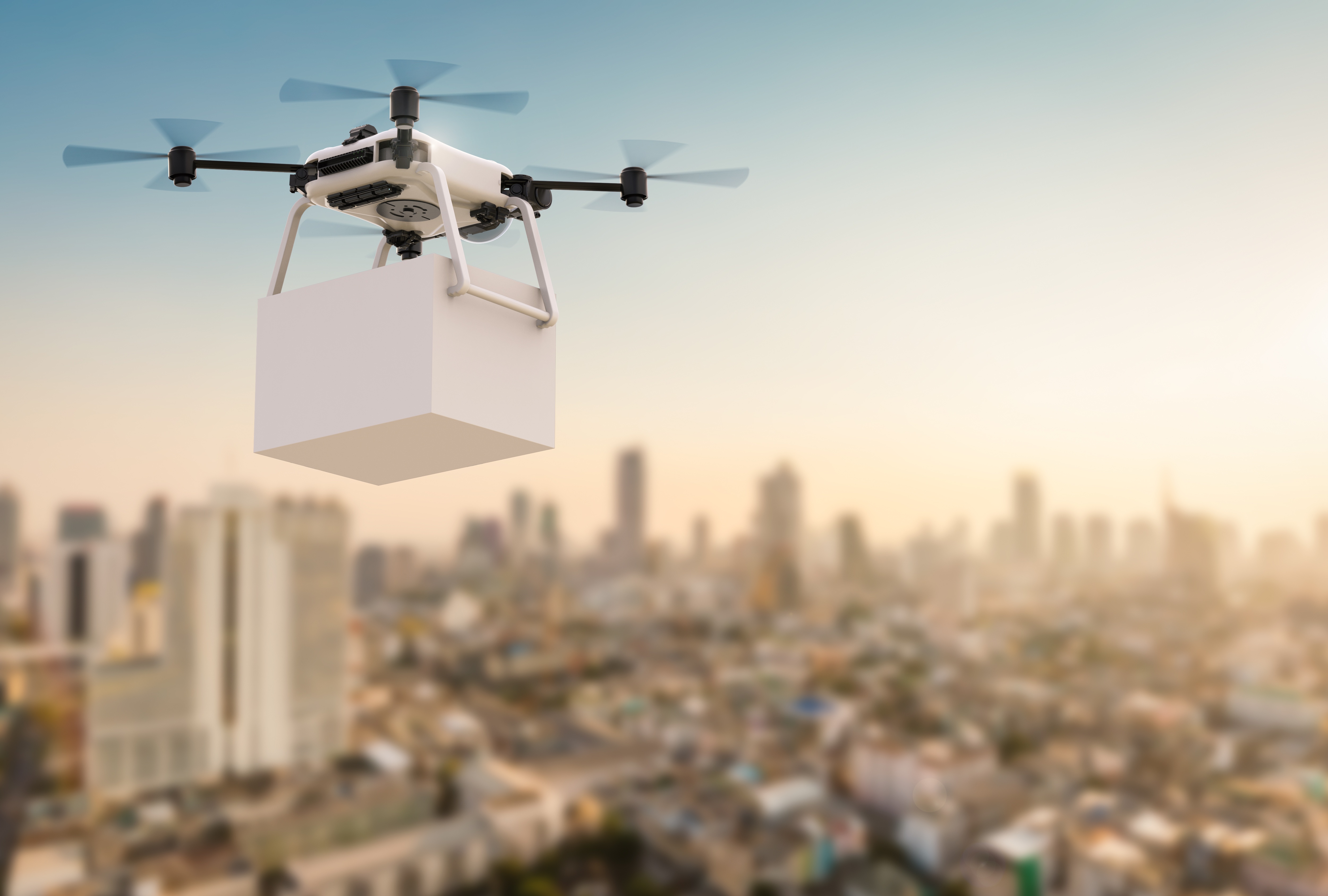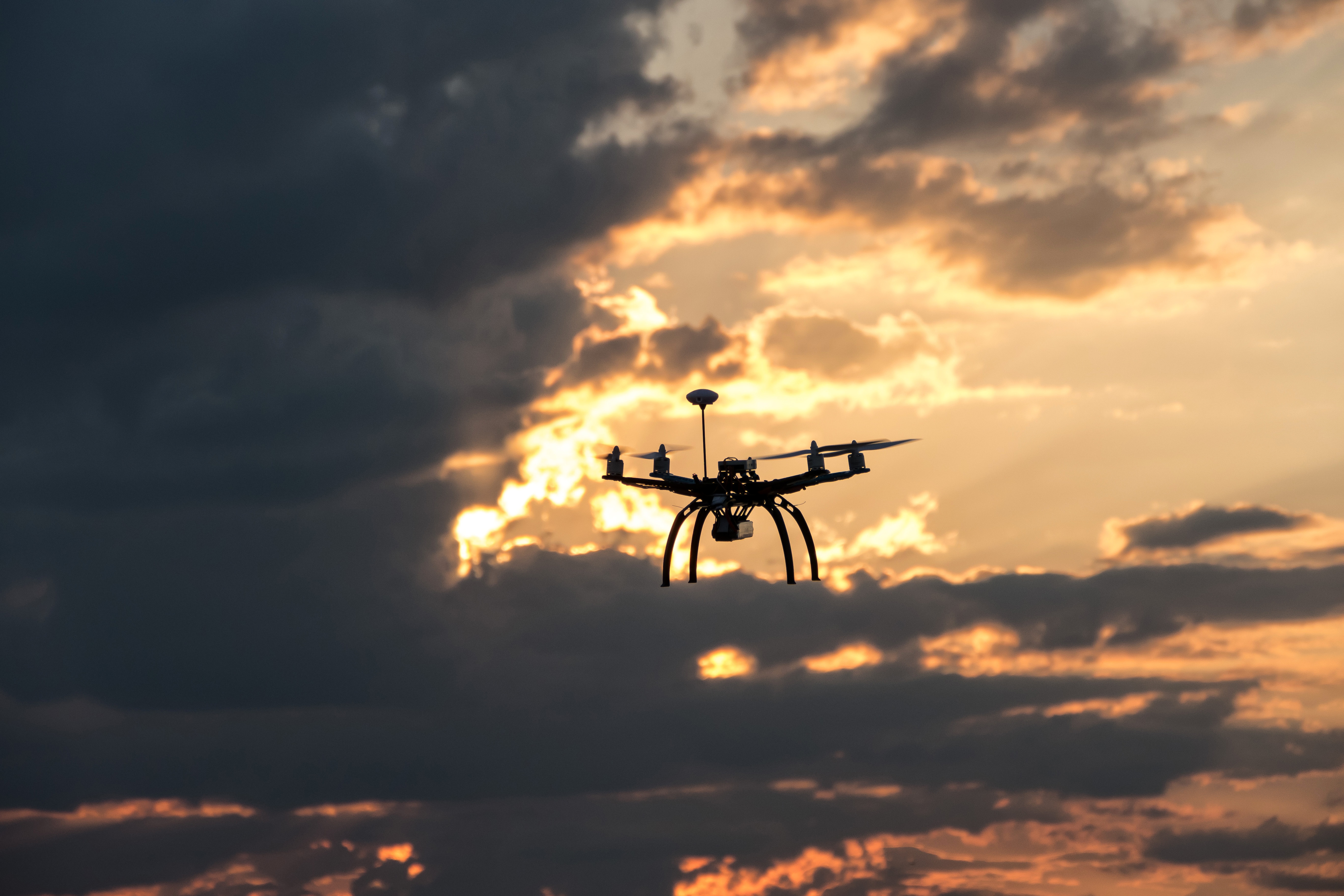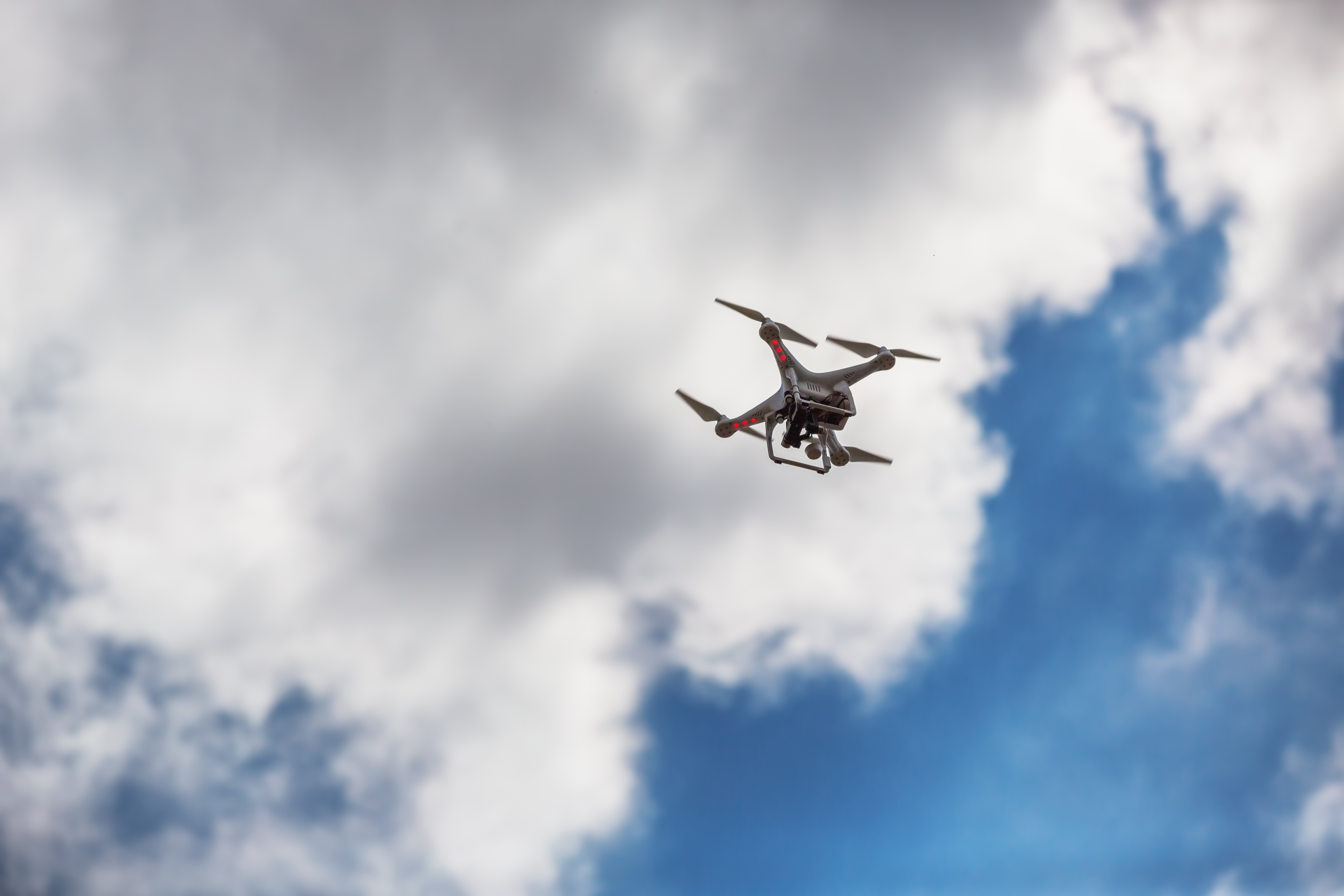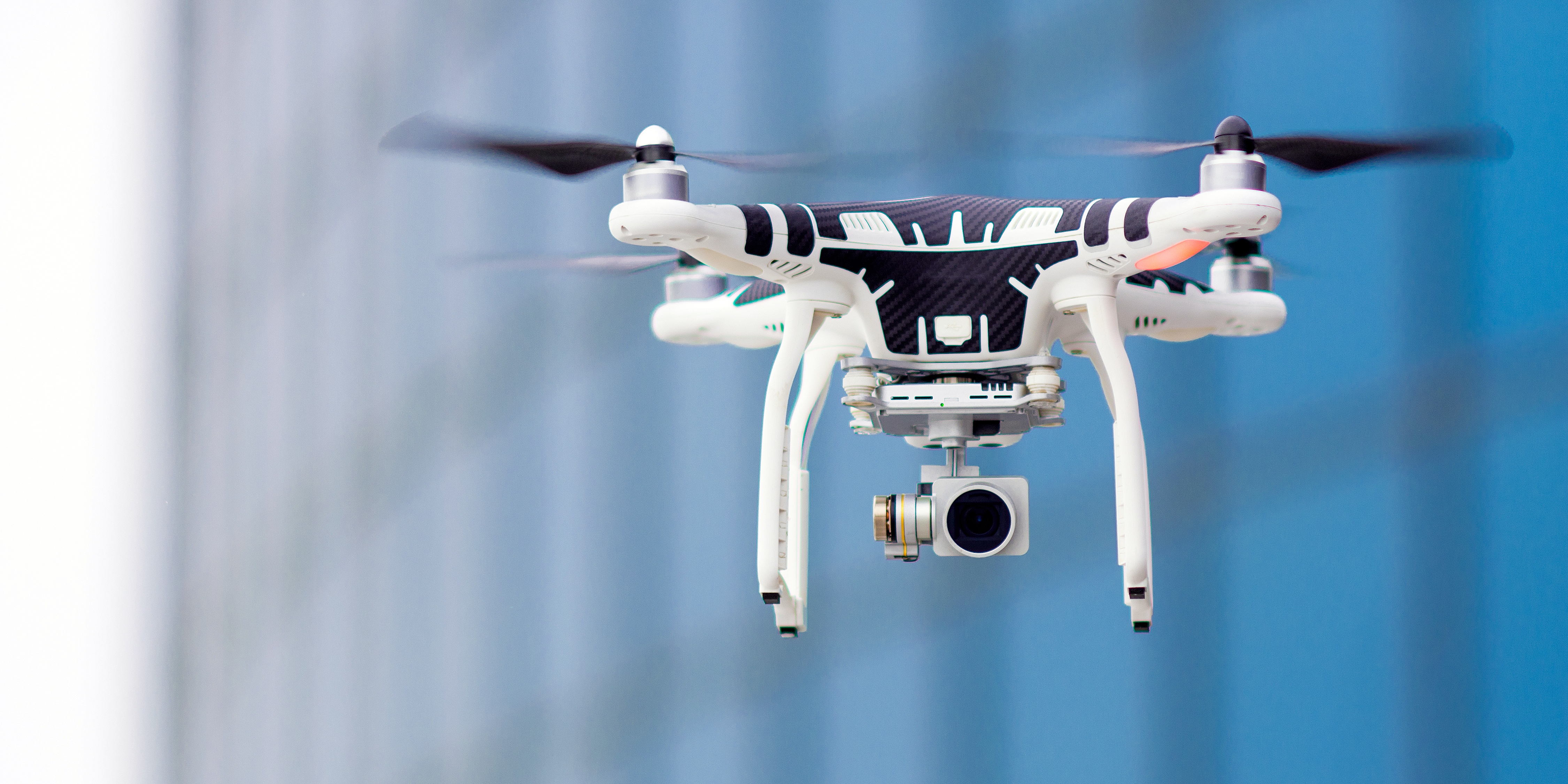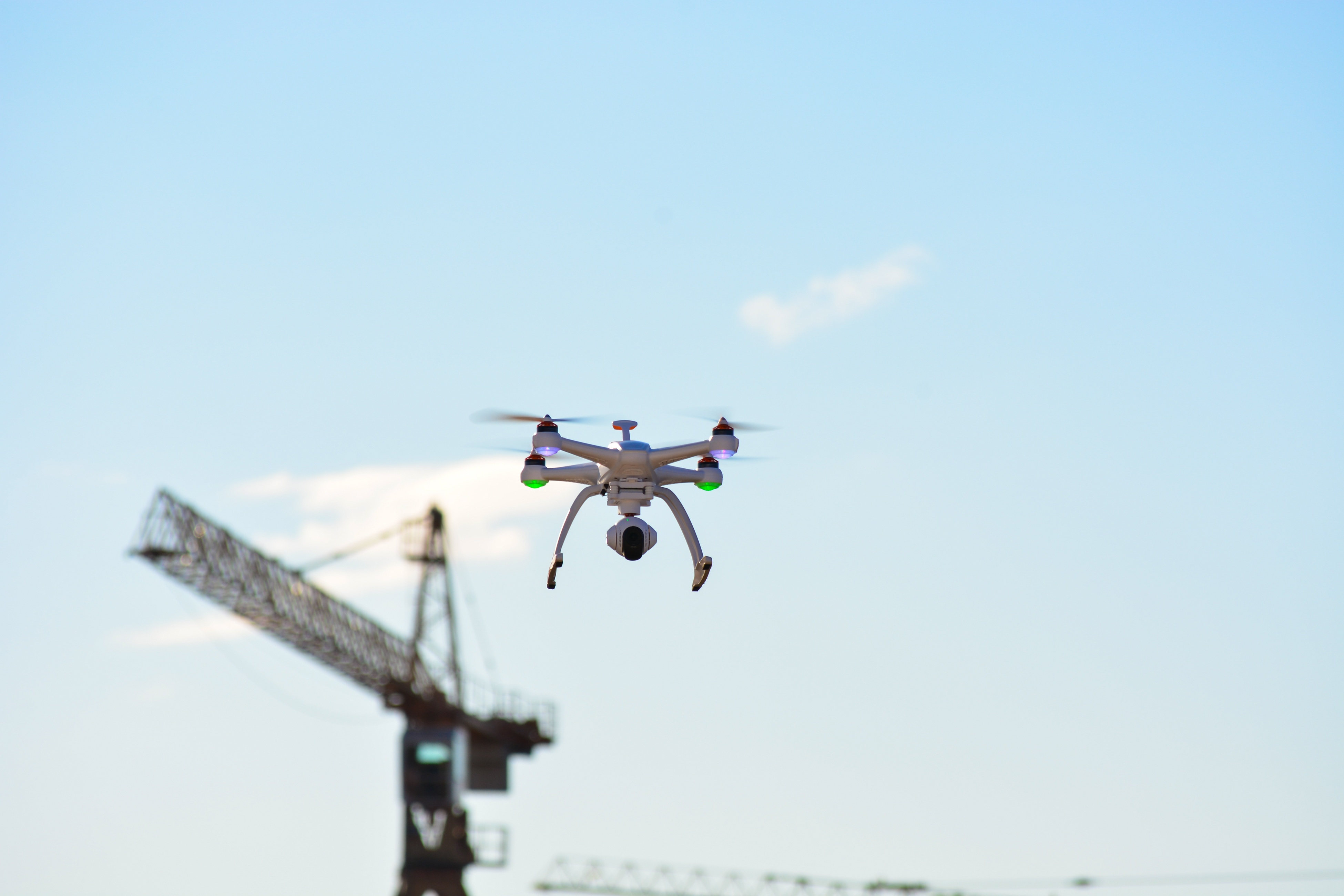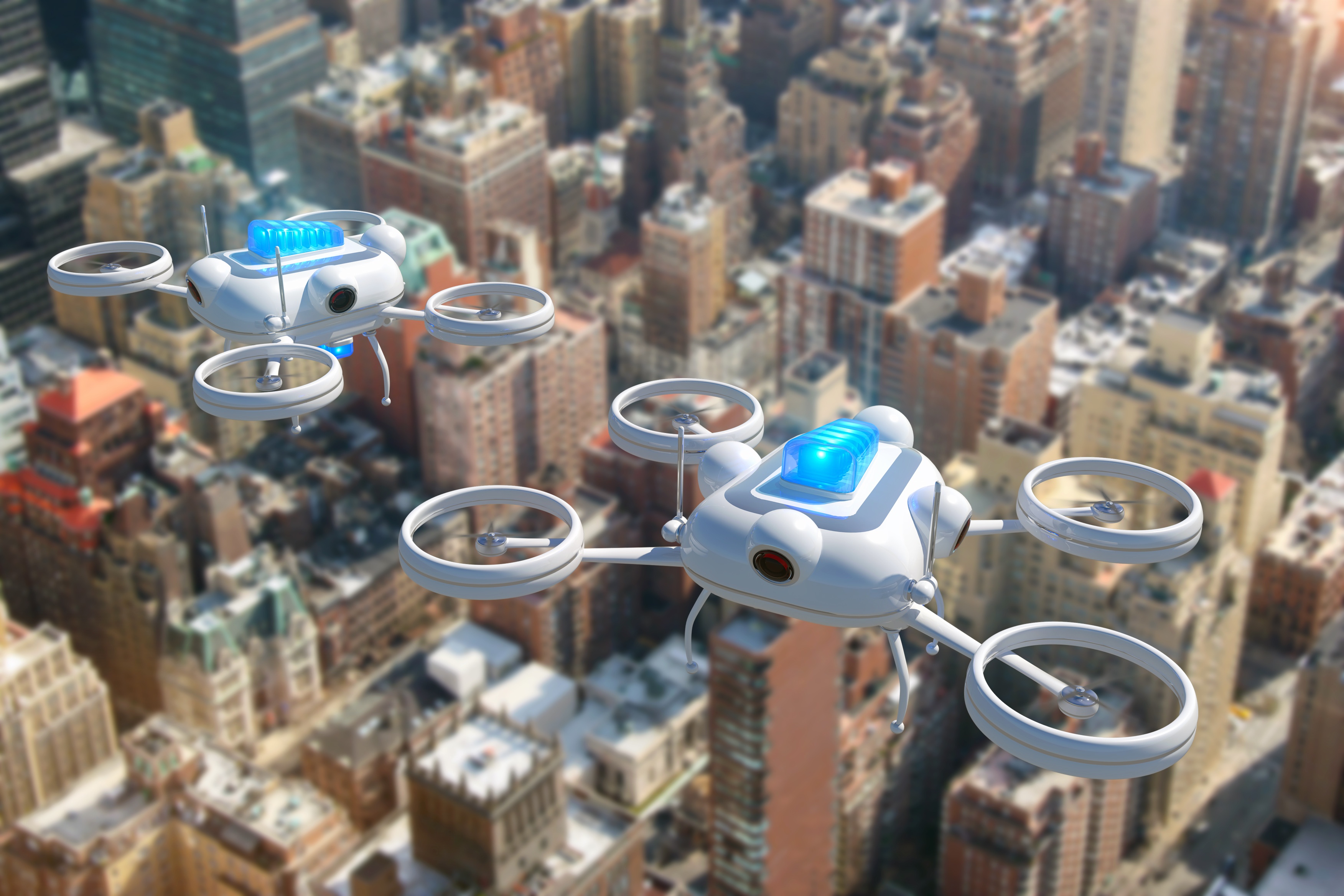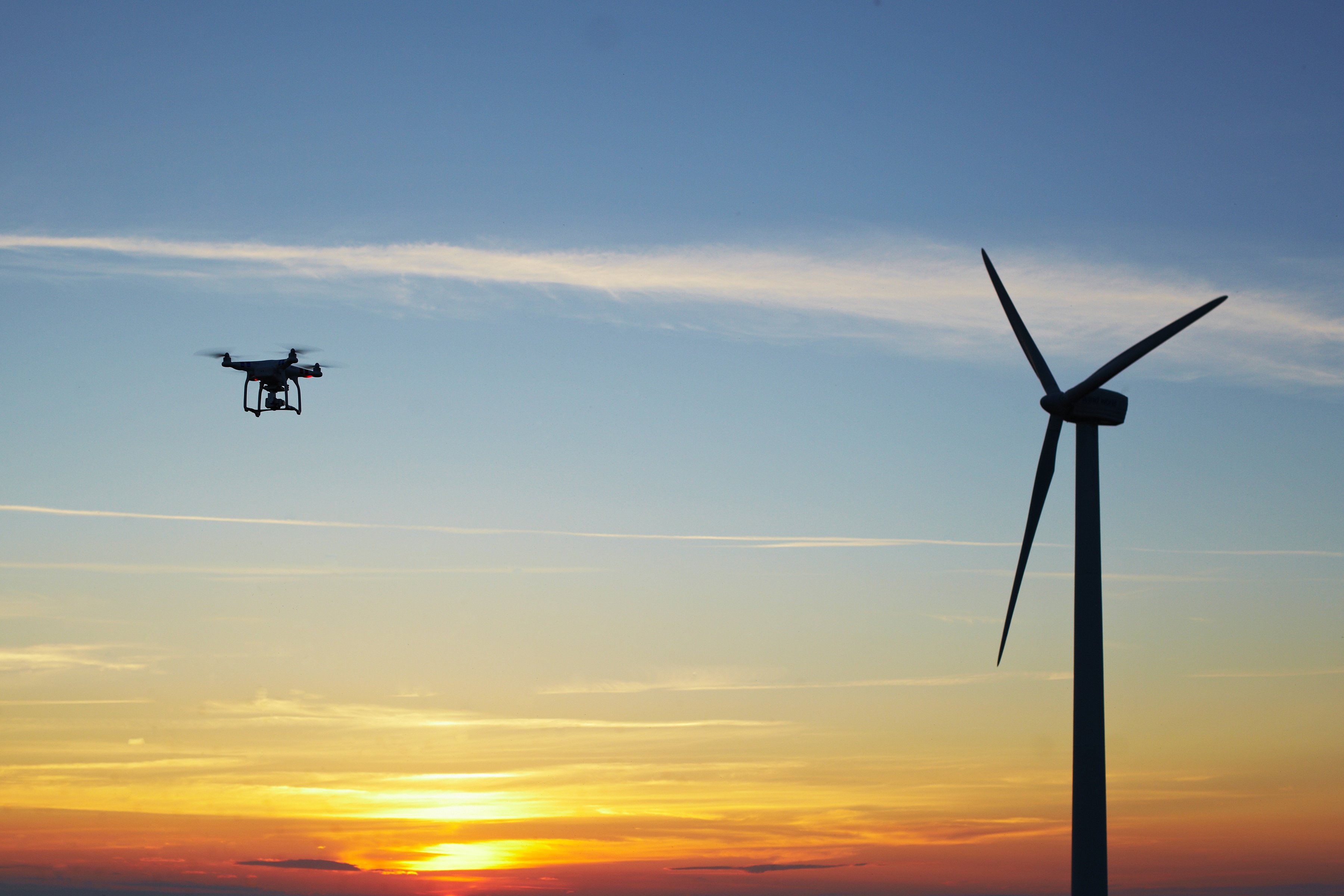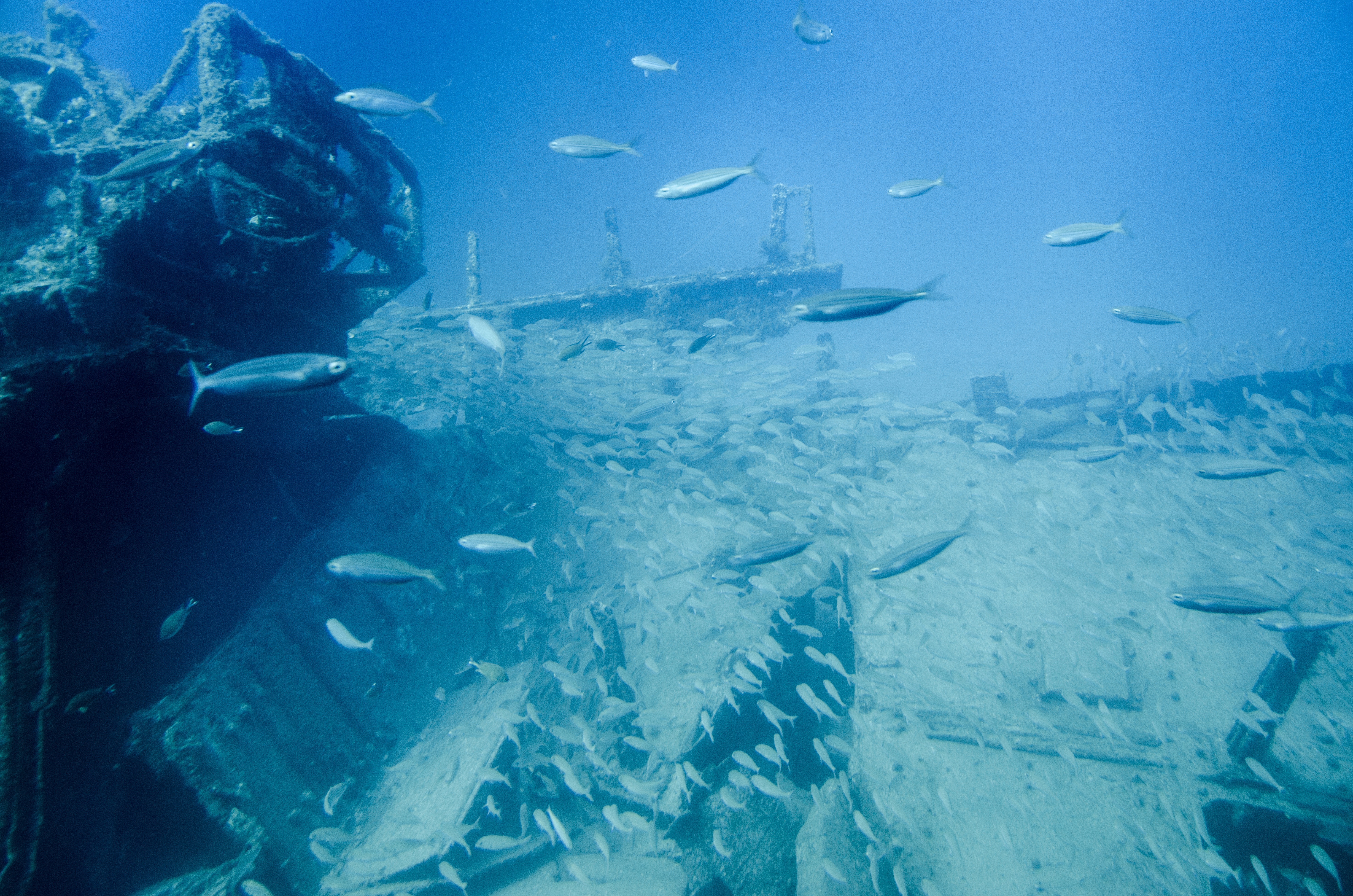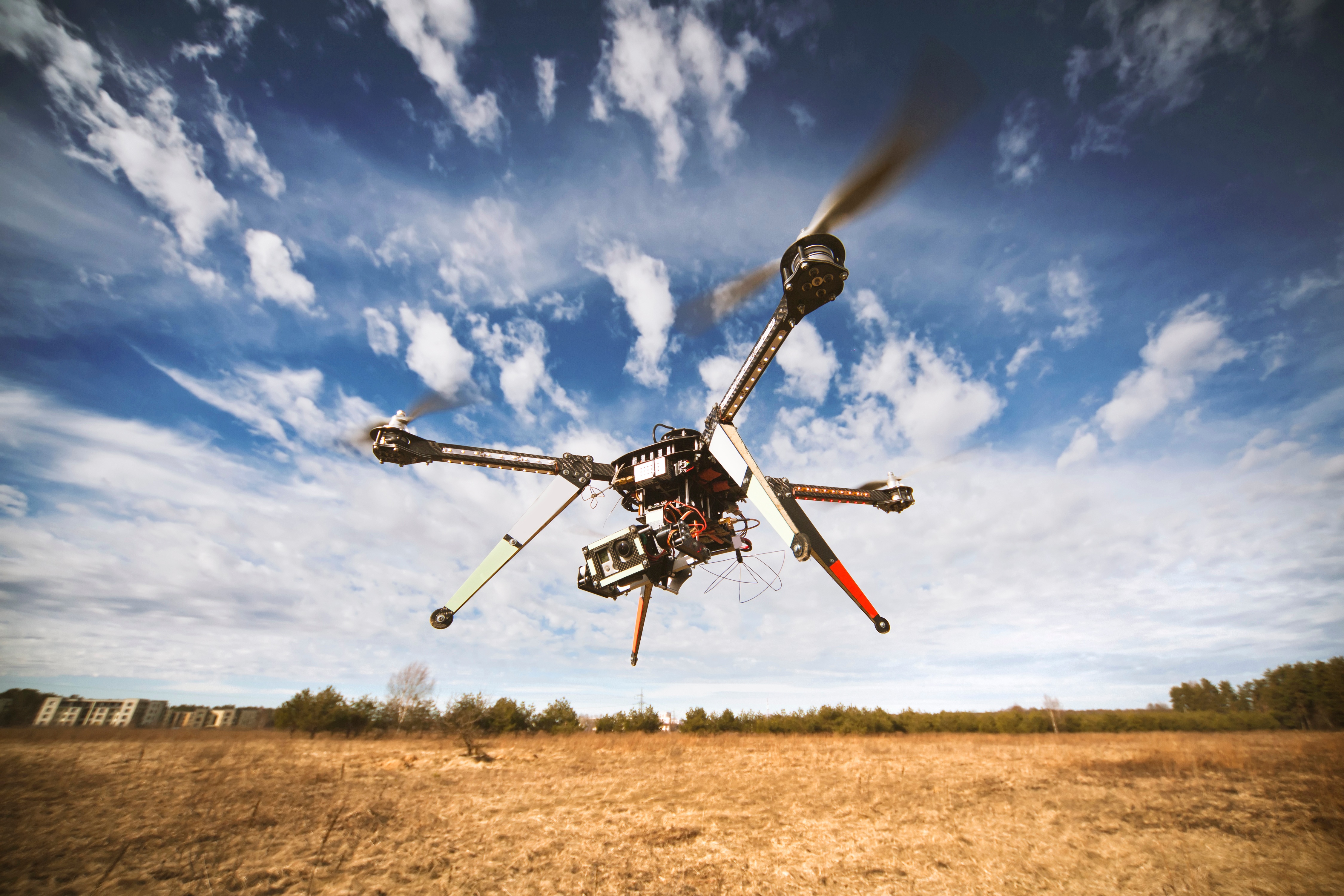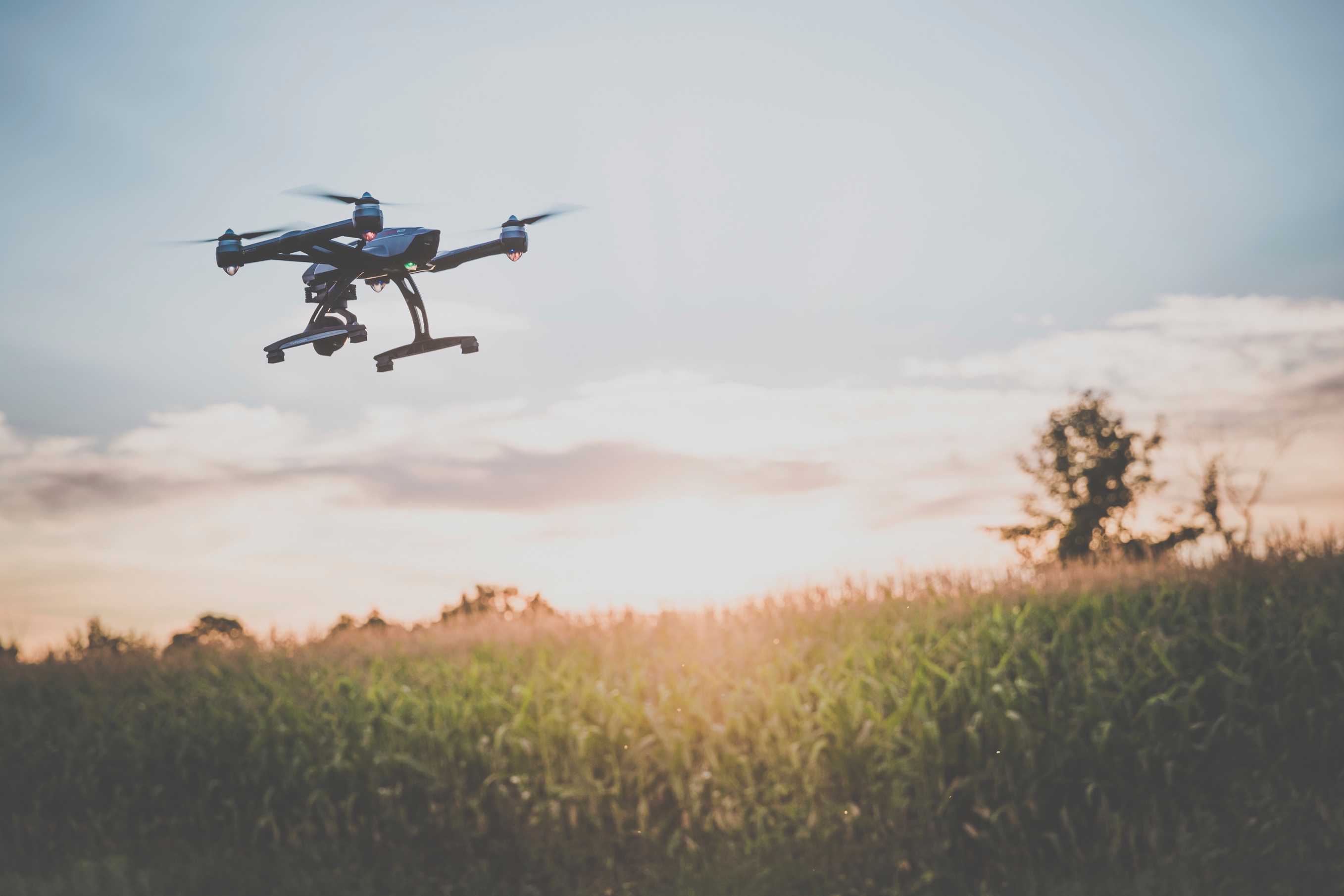From medical supplies to pizzas to your Amazon packages, the idea of drone deliveries has captured the public's imagination and many companies want to be the first to offer regular drone delivery globally. However, because drone regulations are still holding companies back from pursuing that goal, is drone delivery as close to the horizon as it seems?
Among the many industries benefiting from the increased availability of drones or UAS (Unmanned Aircraft Systems), is the security sector. Drones have become an asset to public safety especially with the help of operational intelligence (OI) technologies like Mission Insight™ to improve situational awareness in shared airspace. They are regularly used to conduct search and rescue missions, assess crime scenes and monitor and manage special events. Large events such as the recent presidential inauguration or the upcoming Super Bowl require the kind of intense security measures that drones uniquely provide.
Drones, or Unmanned Aircraft Systems (UAS), can now be used for aerial inspection to property surveillance, but can they also save lives? Drones are better able to predict storm forces than traditional methods, and that ability can be lifesaving when severe weather strikes. They could play an integral role in forecasting and relaying the most accurate information to scientists and the public. Meanwhile, the steady improvement of drones will increase the amount of weather data they can collect. Drones are set to be the (better) weather forecasters of the future, and here we’ll explore the reasons for it.
The typical beeping and chiming of slot machines in Las Vegas was replaced with the buzzing of drones in flight at the recent CES 2017 conference. The technology hit new heights as thousands of companies arrived to show off their latest innovations targeted at consumers.
The holidays are now over and the latest wave of hobby drones have been unwrapped, filling the skies as we speak. Thousands of relative novices are now in control of unmanned aircraft systems (UAS) across densely populated suburbs and cities. All that amateurish swooping may invariably lead to a few cracked windows and severe injuries. Subsequently, insurance inquiries are increasing.
Unmanned aircraft systems (UAS), or drones as they’re more commonly called, can be a huge asset in a number of public safety efforts, particularly for law enforcement, first responders, search and rescue and humanitarian applications.
Commercial industry use of drones began to grow around 2014 as a result of individual authorizations and Section 333 exemptions from the Federal Aviation Administration (FAA). Since the FAA issued their latest rule on commercial UAS operations, commercial entities have finally gotten the green light to further incorporate drones as a part of their businesses. According to a recent study by A 2015 study from Navigant Research, one commercial sector is expected to make an especially significant impression in the coming years: the wind power industry.
Drones are best known for taking to the skies in an increasing number of industries and uses. But many may not be aware that drones are also hard at work in the world’s oceans. Drones are a widely used type of underwater vehicle serving a range of military, commercial and scientific needs.
If you haven’t already heard, drone technology is moving extremely fast. It’s also having a major impact on the mapping industry. The two have been revolutionized by technologies such as GPS and laser scanning, and UAS technology has brought them another step forward. From construction to archaeology to surveying, the mapping capabilities of drones are making a huge impact.
Drones & Conservation: Taking to the Skies to Protect Natural Resources and Wildlife
Protecting our natural resources and wildlife habitats is mission number one for millions of scientists and concerned citizens across the globe. And technology that has been making news for innovative deliveries is making a dramatic impact in how nature conservation efforts are carried out and measured.



